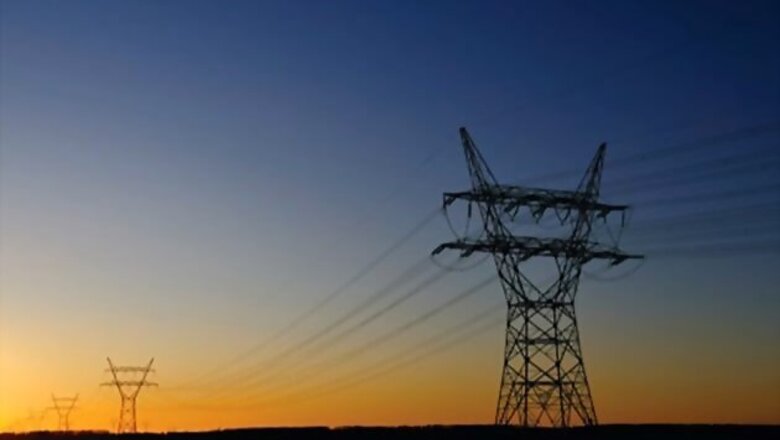
views
In the last 10 years, India has discovered auctions for itself. All kinds of public resources (such as 3G spectrum) or contracts (such as power purchase agreements, PPAs) are auctioned off. The logic is deceptively simple: it is a transparent and public process and it ensures that the public or the government gets the best deal. In the power sector, however, this approach has arguably done more bad than good. Here’s why.
- They bring down the cost of power (on paper)
- But competition is often irrational and many projects end up not being constructed as they might be loss making
- Even those that are constructed make very low returns and are not a sustainable model for developing the market
Back in the early 2000s, India set out to build 13 "Ultra-Mega Power Projects" (UMPPs) of capacities of around 4 GW each. The allocation process was through a reverse tariff, competitive bidding process. All big industry players took part and the winners offered to sell power from coal-fired plants at rates of Rs 2-3 per kWh.
That was much lower than earlier power purchase agreements in India. Today, only a 4 GW project by Tata in Mundra/Gujarat is fully up and running. A second project by Reliance Power is partially up. The remaining projects are deferred to uncertain future. Why? Because when the bids were submitted, coal prices were very low. Then they went up, making the projects unviable at the low PPA terms. Indonesia, for instance, simply decided to impose an export tariff on coal that was to be provided to a UMPP.
Recently, 10 GW worth of coal blocks were auctioned off. Interestingly, the same thing happened: market participants bought them at rates that are not economically sustainable. Researchers at Crisil estimate that there might be a cumulative under-recovery of almost $ 1bn per year from the winning bids (refer).
There is no buffer in the bids for raising wage costs or a future pricing-in of environmental or climate externalities. It is quite likely that many of the coal blocks will not help produce electricity for India. In solar, the story is same, but different. When the National Solar Mission first set out in 2010, solar projects were also auctioned off under a similar tariff-based reverse bidding auction.
This brought tariffs crashing down by more than 30% from Rs 18 to around 12 per kWh. Since India at that time had real yardstick to estimate the true cost of solar, the auction process was a good idea in that it quickly set a market-based price for solar that turned out to be far below government expectations.
Again: competition was intense and fly-by-night operators, who make no money on projects, won many of them. There are, however, two crucial differences. Firstly, the cost of solar is pretty much locked-in, because more than 95% of it is Capex dependent. There is no fuel that has to be purchased on volatile energy markets. This makes auctions more useful as a tool.
The second key difference is in the speed of deployment. From the policy to the auctions and the commissioned project takes around 6 months in solar. For coal, it takes yeaRs Thus, the solar industry is much more dynamic and can quickly self-correct. As a result, solar tariffs have stabilized over the past years and have approached (albeit not reached) economically sustainable rates. Now, that the market is very transparent, there is no real need for continuous auctioning.
It seems a funny thing that contradicts classical economic theory: auctions often draw in irrational, unprofessional players and even lead to irrational competition amongst otherwise very professional players.
The result is return rates that are not economically sound. There might be all kinds of "games" companies think they can play around auctions as I have written in an earlier post (refer), but in truth, the process usually leads to a colossal waste of time: projects don't get build, banks become averse to lending to the industry and India's future is once more postponed.
What is the alternative? The government needs to develop a lean and absolutely transparent selection process, focusing on companies' technical and financial capabilities. The new process itself could be developed with the input of key stakeholders, like developers, banks and utilities. It is important that there remains a degree of competition, a clear mechanism for selection and that it is open to qualified new market entrants.
(Tobias Engelmeier, Director & Founder , BRIDGE TO INDIA)




















Comments
0 comment